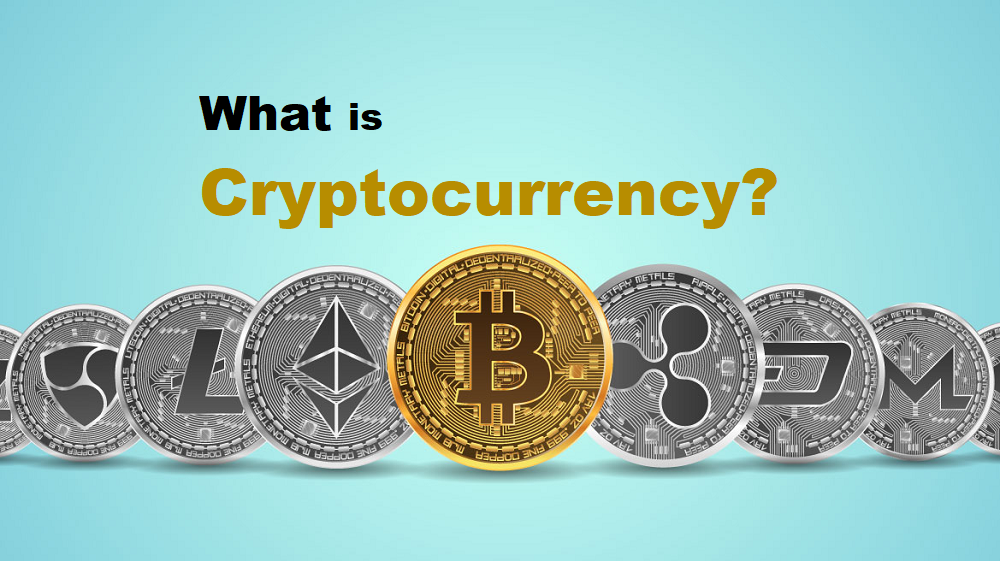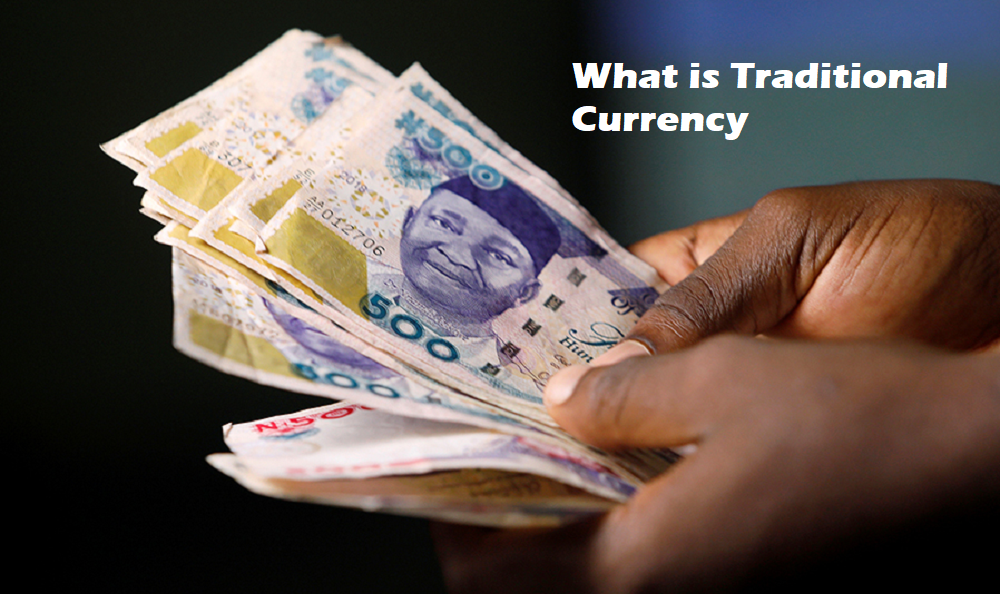Cryptocurrency vs Indian currency, how they are different from each other. Money is an essential part of our daily lives. It helps us buy goods, pay for services, and even save for the future. Money has been evolving. Traditionally, we used coins and paper currency for transactions. However, in recent years, a new form of money cryptocurrency has emerged. Although both traditional currency and cryptocurrency serve as mediums of exchange, they differ in many aspects, So let’s explore all the differences between cryptocurrency and traditional currency, how they are controlled, how they function, and the technology behind them.
What is Cryptocurrency?
What is the difference between cryptocurrency and traditional currency? So first we will know, what is Cryptocurrency? Its a virtual currency that remains secure through cryptography, which cannot be physically stolen. Moreover, there is no need for a middleman like a bank and payment processor, it is operated by a binary data system. There are thousands of different cryptocurrencies currently circulating across the globe, which have become a major instrument structure for investment. It uses complex code or protocol based on mathematics for protection.
We will learn about the types of crypto in circulation in the latter part. First, let’s talk about traditional currency.
What is Traditional Currency?

If we talk about the differences between cryptocurrency and normal currency. Traditional currency is physical currency that can be touched, and in the current time it is also digital currency. Traditional currency requires banks to store currencies safely, and it is produced by central authorities which are controlled by the government. Traditional currency is the most commonly used currency for transactions.
How Many Types of Cryptocurrency Are in Circulation?
Bitcoin: Bitcoin cryptocurrency is the first digital currency. And it’s a peer-to-peer cryptocurrency that allows all transactions to happen directly between equal, independent network participants.
Pepe coin: Pepe Memecoin is a deflationary memecoin on Ethereum. It aims to become an established meme-based cryptocurrency Like Shiba Inu and Dogecoin.
Tether: Tether, a cryptocurrency, is the first blockchain-enabled platform to convert fiat money in digital currency.
Differences Between Cryptocurrency and Normal Currency

Definition and Nature of Currency
Traditional Currency: Traditional currency is also known as fiat money, which refers to physical money such as coins and paper notes. This currency has a lot of value because it is issued by the government. Traditional money is held in trust because it is exchanged for goods and services.
Cryptocurrency: Cryptocurrency is an electronic currency, and it is different from traditional money, cryptocurrency is a virtual currency which is available electronically. This is the major difference between cryptocurrency and traditional currency. Cryptocurrency remains secure with the help of cryptography, cryptocurrencies like Ethereum, Bitcoin, and Binance are found only in digital form, which is not issued and regulated by any central authority, government and bank. It is operated through a decentralized network and uses blockchain technology for transactions.
Control and Regulation
Traditional Money: Cryptocurrency vs Traditional currency. Physical money is controlled by a central authority, such as a central bank, like the U.S. Federal Reserve. Institutions regulate money supply, adjust interest rates, and implement monetary policies to maintain economic stability. This is how traditional money is different from cryptocurrency.
Cryptocurrency: Cryptocurrency is a decentralized network which is not controlled by a central bank and any government. Transactions are distributed using cryptography, cryptocurrency resistant to government interference and manipulation. The control is given back to the users, but this can also mean less regulation and more volatility.
Transaction Process
Traditional Currency: The difference between cryptocurrency and traditional currency. Both include the transaction process. Traditional currency online transactions involve intermediaries, banks or payment processors. While transferring money, you will have to go through a third party, which may take some time and sometimes fees are charged for international transactions.
Cryptocurrency: There is no interference of banks and payment processors intermediaries in cryptocurrency transactions, they are peer-to-peer (P2P). In which any cryptocurrency is sent to the recipient directly using a digital wallet, and its transaction is verified through the network, which depends on what technology the cryptocurrency uses (Mining or Staking) and after the transaction is verified, it is recorded on the blockchain.
Transparency and Anonymity
Traditional Currency: Difference between cryptocurrency and traditional currency in the transaction process. Transactions made in traditional currency occur exclusively through banks, which are generally transparent only to the government and financial institutions. And banks keep records of all transactions, which they can trace back to the individuals.
Cryptocurrency: Provides high degree privacy for cryptocurrency transactions where the blockchain keeps a record of all transactions and no one can change it. The identities of the users involved are usually anonymous or pseudonymous. Until then the personal information is not linked to the wallet no one can know who is behind it. This aspect of cryptocurrency can be useful for those people who give importance to privacy.
Security
Traditional Currency: Security difference between cryptocurrency and normal currency. Traditional currency remains mostly safe through bank protections, insurance, and government, they can be vulnerable to counterfeiting and fraud. and online transactions may be at risk of hacking.
Cryptocurrency: Cryptocurrency is very secure due to cryptography, and its blockchain technology ensures that all transactions are encrypted. Digital wallets and exchanges where people store their currency can become victims of hacking if they do not have electronic protection. Since transactions are irreversible, once someone steals cryptocurrency, it is often impossible to recover.
Summary
As we learned the difference between cryptocurrency and traditional currency. Traditional currency and cryptocurrency both have their own advantages and disadvantages, whereas traditional currency is stable, and is pegged by the government, as it relies on centralized control so there is a risk of inflation. On the other side, cryptocurrency is decentralized which provides privacy and potential for deflation. But it is also volatile, less regulated, and not adopted for daily use like traditional currency. Both currencies will continue to evolve with time and offer different types of features.
About The Author